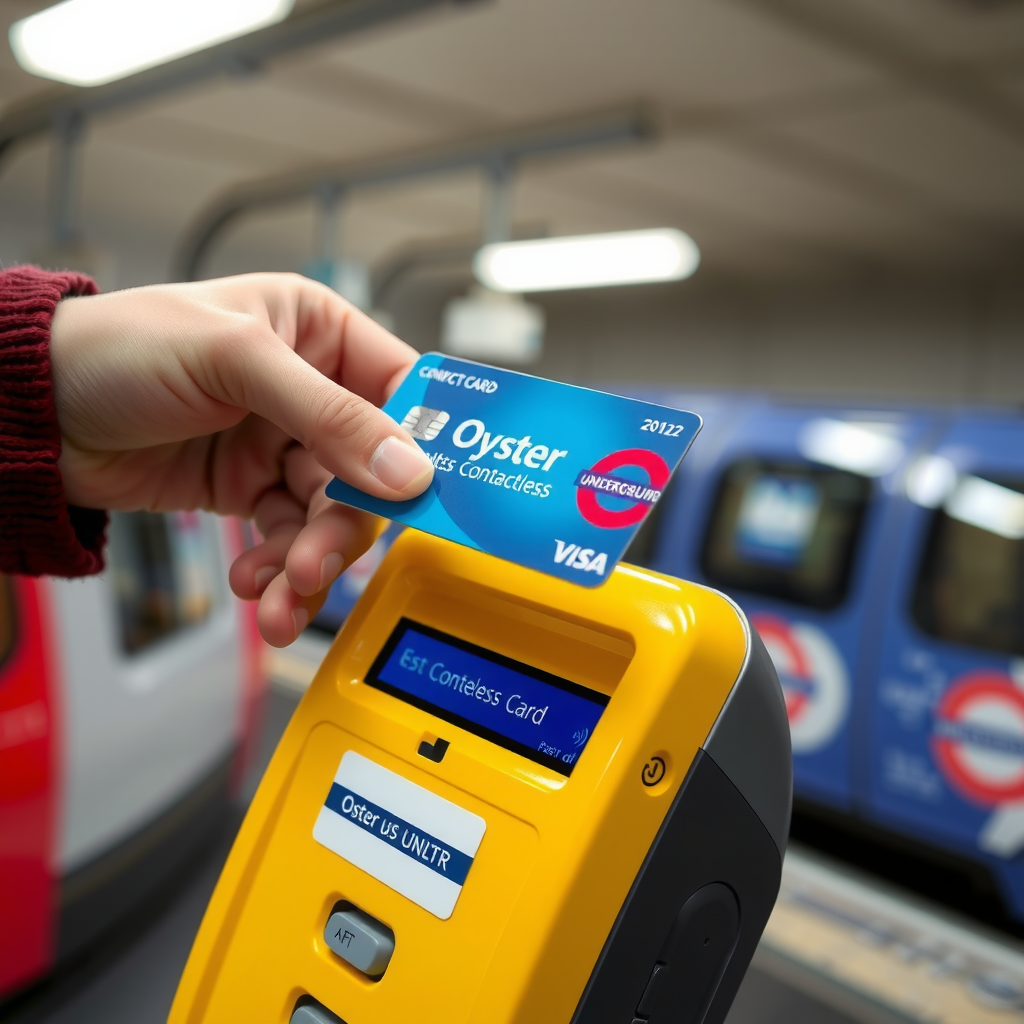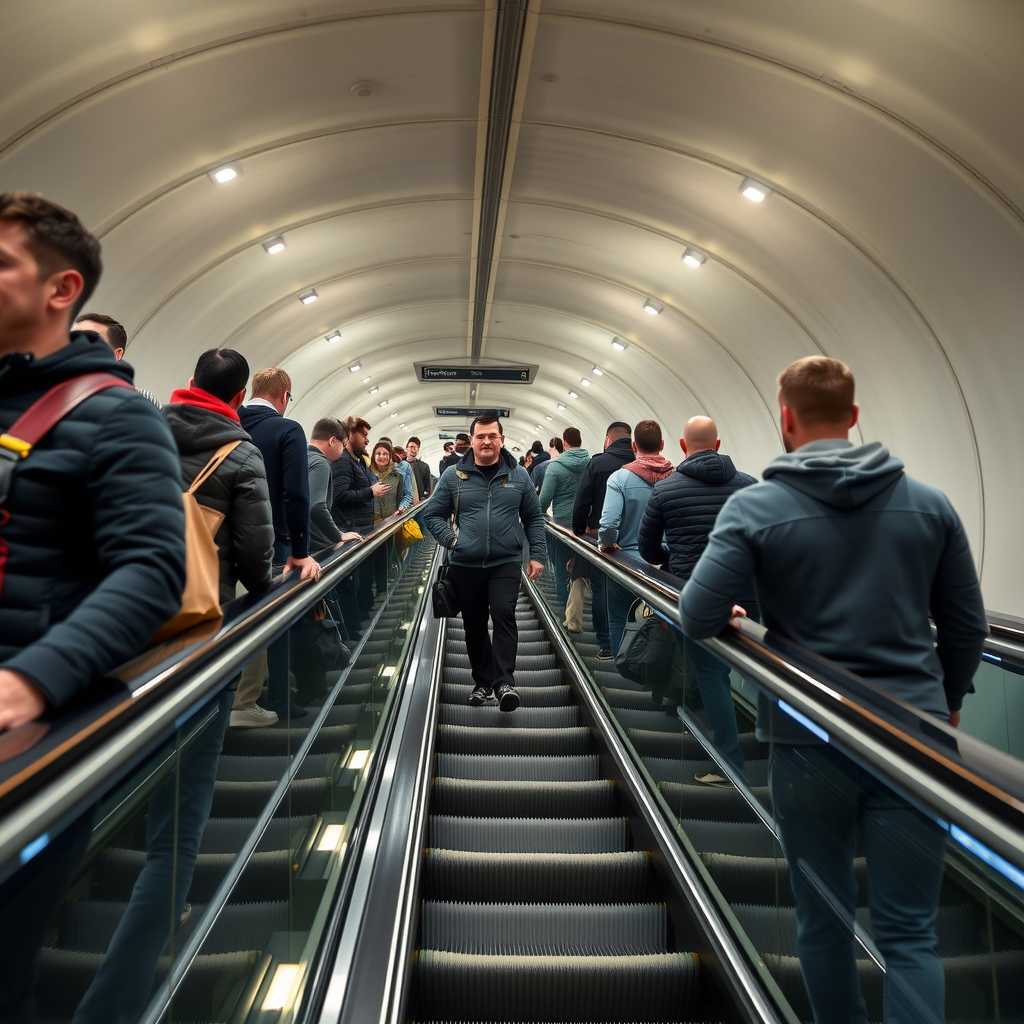Mind the Gap: Your Ultimate Guide to Navigating the London Underground
Published on August 22, 2024
The London Underground, affectionately known as the Tube, is more than just a transport network; it's the city's circulatory system, a sprawling web of tunnels that carries millions of Londoners and visitors to their destinations every day. For a first-time visitor, the sheer scale of it, the rush of the crowds, and the iconic-yet-complex map can feel intimidating. But fear not. Mastering the Tube is the key to unlocking the very best of London, and this guide is designed to transform you from a tentative tourist into a confident commuter.

From understanding the payment systems to navigating the unspoken rules of travel, we'll break down everything you need to know. By the end, you'll be gliding through the ticket barriers, finding your platform, and navigating line changes with the ease of a seasoned local. The Tube is your ticket to exploring historic landmarks, world-class museums, and hidden local gems efficiently and affordably.
Getting Started: Tickets, Fares, and Contactless Travel
Gone are the days of fumbling for paper tickets. The most convenient and cost-effective way to travel on the Tube is by using a contactless payment method. This can be a physical contactless debit or credit card, or a mobile payment service like Apple Pay or Google Pay on your smartphone or watch. Simply tap your card or device on the yellow card reader at the ticket barrier to enter, and tap out again with the same card or device when you exit. It's that simple.

The system automatically calculates the best fare for your journeys through a process called "capping." There are daily and weekly caps, meaning once you reach a certain amount in a day (Monday to Sunday) or a week, you won't be charged for any more travel within the same zones. This is almost always cheaper than buying individual tickets or even a daily travelcard. While you can still buy an Oyster card (a reusable travel smartcard) from stations, contactless payment offers the same capping benefits without the need for a deposit or topping up credit.
Decoding the Tube Map and Planning Your Journey
The London Underground map is a masterpiece of design, but it's a schematic, not a geographical map. It shows the relationships between stations and lines, not their precise locations. Each of the 11 lines has its own name and distinct color (e.g., the red Central line, the blue Piccadilly line). Your first step is to identify your starting station and your destination, then trace the lines that connect them. You may need to change lines at an interchange station, which is shown as a white circle connecting the lines.

While physical maps are available at every station, using a journey planner app like Citymapper or Google Maps is highly recommended. These apps provide real-time information on the fastest route, line closures, and delays. Once you know your route, look for signs at the station entrance directing you to the correct line. On the platform, signs will indicate the direction of the train (e.g., "Westbound" or "Eastbound") and list the major stations it will call at, ensuring you get on the right train.
Essential Tube Etiquette: Travelling Like a Local
Navigating the Tube is also about understanding the unwritten social rules that keep the system flowing smoothly. Following these simple etiquette tips will not only make your journey more pleasant but will also earn you the silent approval of Londoners.

- Stand on the Right: This is the golden rule. On escalators, always stand on the right-hand side to allow people in a hurry to walk up or down on the left.
- Let Passengers Off First: Stand to the side of the train doors to let people exit before you attempt to board. This creates space and speeds everything up.
- Move Down Inside the Carriage: Don't hover by the doors. Move into the middle of the carriage to create space for others to board.
- Have Your Payment Ready: Have your contactless card or device in your hand as you approach the ticket barrier to avoid holding up the queue behind you.
- Offer Your Seat: If you're in a priority seat (marked with a sign), be prepared to offer it to pregnant, elderly, or disabled passengers. It's common courtesy to offer any seat to someone who may need it more than you.
- Keep Noise to a Minimum: Avoid loud phone conversations or playing music without headphones. Most commuters appreciate a quiet journey.
Navigating to Key Attractions: A Practical Guide
The Tube makes reaching London's most famous sights incredibly easy. For example, to visit the Tower of London and Tower Bridge, you'll take the District or Circle line to Tower Hill station. For the British Museum, the closest stations are Tottenham Court Road (Central and Northern lines) or Holborn (Central and Piccadilly lines).

If you've pre-booked your **london eye ticket** and are heading to the South Bank, your best destination is Waterloo station. It's one of the city's largest transport hubs, served by the Bakerloo, Jubilee, Northern, and Waterloo & City lines. From the station, it's just a short, well-signposted walk across the river or along the South Bank to reach the iconic observation wheel. Using the Tube to get there saves you time and the stress of navigating city traffic, allowing you more time to enjoy the breathtaking views.
Embracing the Tube: Your Key to the City
The London Underground may seem complex at first glance, but it is a remarkably efficient and user-friendly system once you understand the basics. By embracing contactless payment, using a journey planner, and being mindful of local etiquette, you'll find that the Tube isn't just a way to get from A to B—it's an integral part of the London experience. It connects you to every corner of this vibrant metropolis, empowering you to explore with confidence and freedom. So tap in, mind the gap, and get ready to discover all that London has to offer.